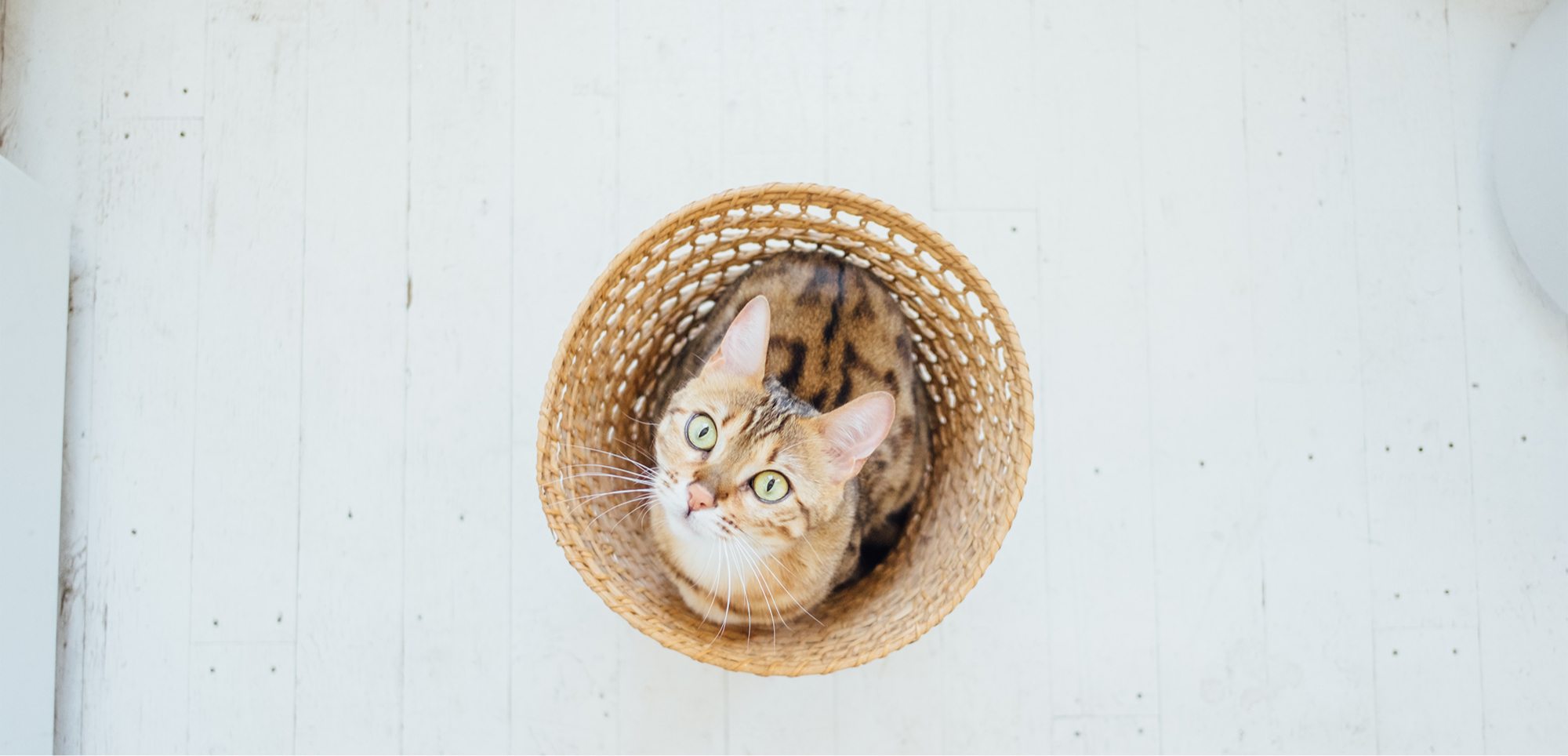The right environment for your sheep
All sheep should live in a suitable and comfortable environment, which provides for their needs including shade and shelter, comfortable lying areas and secure fencing to keep them safe and happy.
When setting up an area for a small flock of sheep, it is important to consider their age, body condition, whether they have been recently shorn, their health, and physiological stage (e.g. pregnant). These factors play a role in whether sheep need extra support in adverse weather conditions, and if additional shade and shelter should be provided.
The ideal environment
- A large area with access to pasture, with constant opportunities to graze on grass.
- Is safe from hazards, predators, and toxic substances.
- Appropriate shade and shelter large enough for the entire flock.
- Appropriate fencing that is sturdy, inspected regularly and well maintained. Fencing must be capable of containing all the sheep in a flock, including lambs.
- Electric fencing can sometimes be ineffective for containing sheep with excessive wool and should not be used for horned sheep.
- Shelter should provide shade and protection from adverse weather conditions.
- Includes other sheep. Sheep are very social and feel safest when in a flock.
It is important to remember that sheep are prey animals, which means they may react adversely to; moving objects in the far distance, as they have a wide field of vision; to noise, as they have acute hearing; to being isolated, as they prefer to be in a flock.

Be prepared
Emergency supplies of water and feed should be readied in preparation for adverse conditions, such as drought or snow. If the weather deteriorates, sheep should be relocated to sheltered areas, and extra feed provided as appropriate.
Transportation of sheep
- When handling sheep, do so in a quiet and gentle manner, and do not catch or move sheep using their fleece alone.
- Do not transport sheep in the heat of the day.
- Sheep must have access to water up until the point of transport.
- Loading ramps must be non-slip, with sides that prevent animals from falling and a slope of no more than a 20 degrees.
- Flooring should be covered with bedding to prevent injury.

